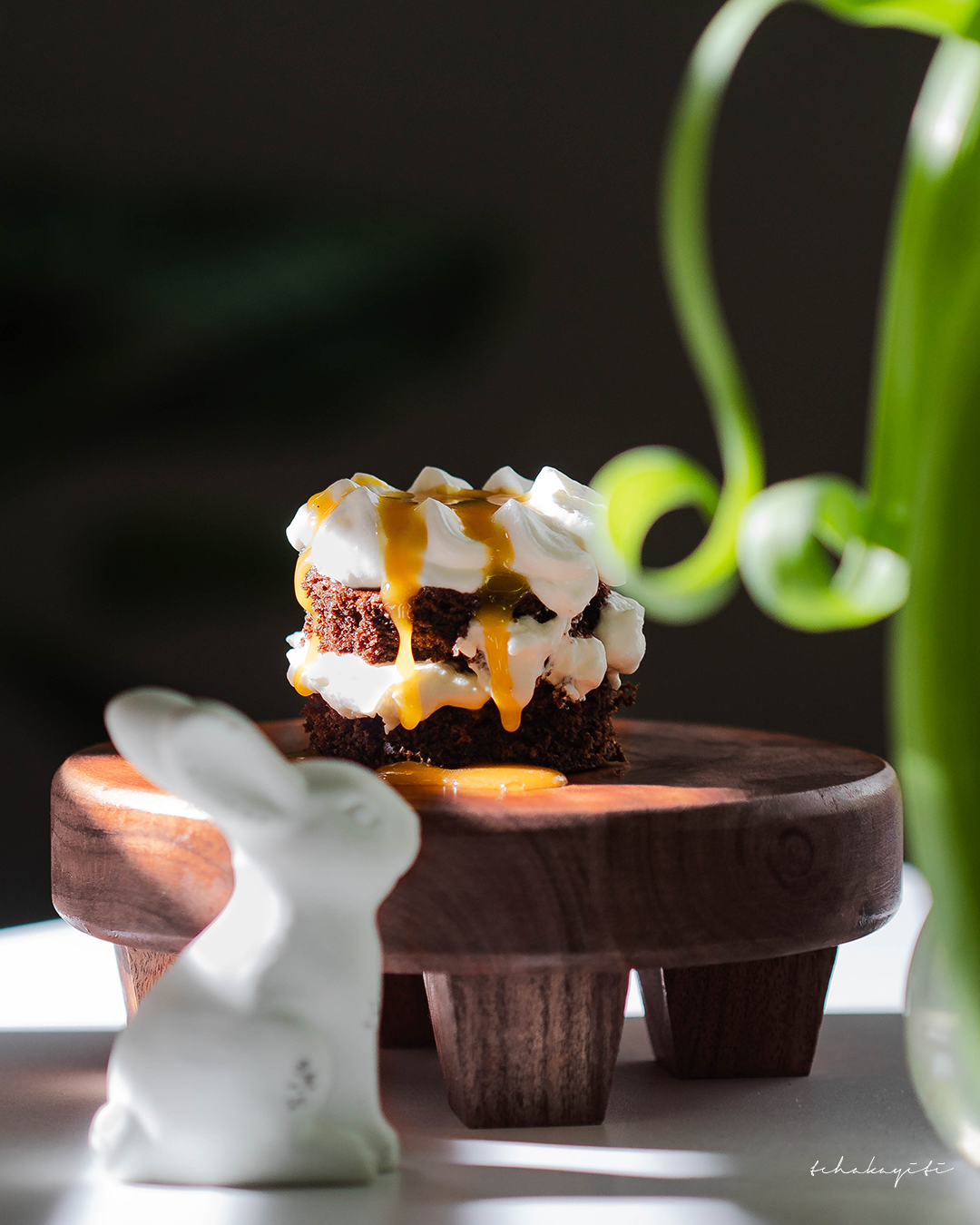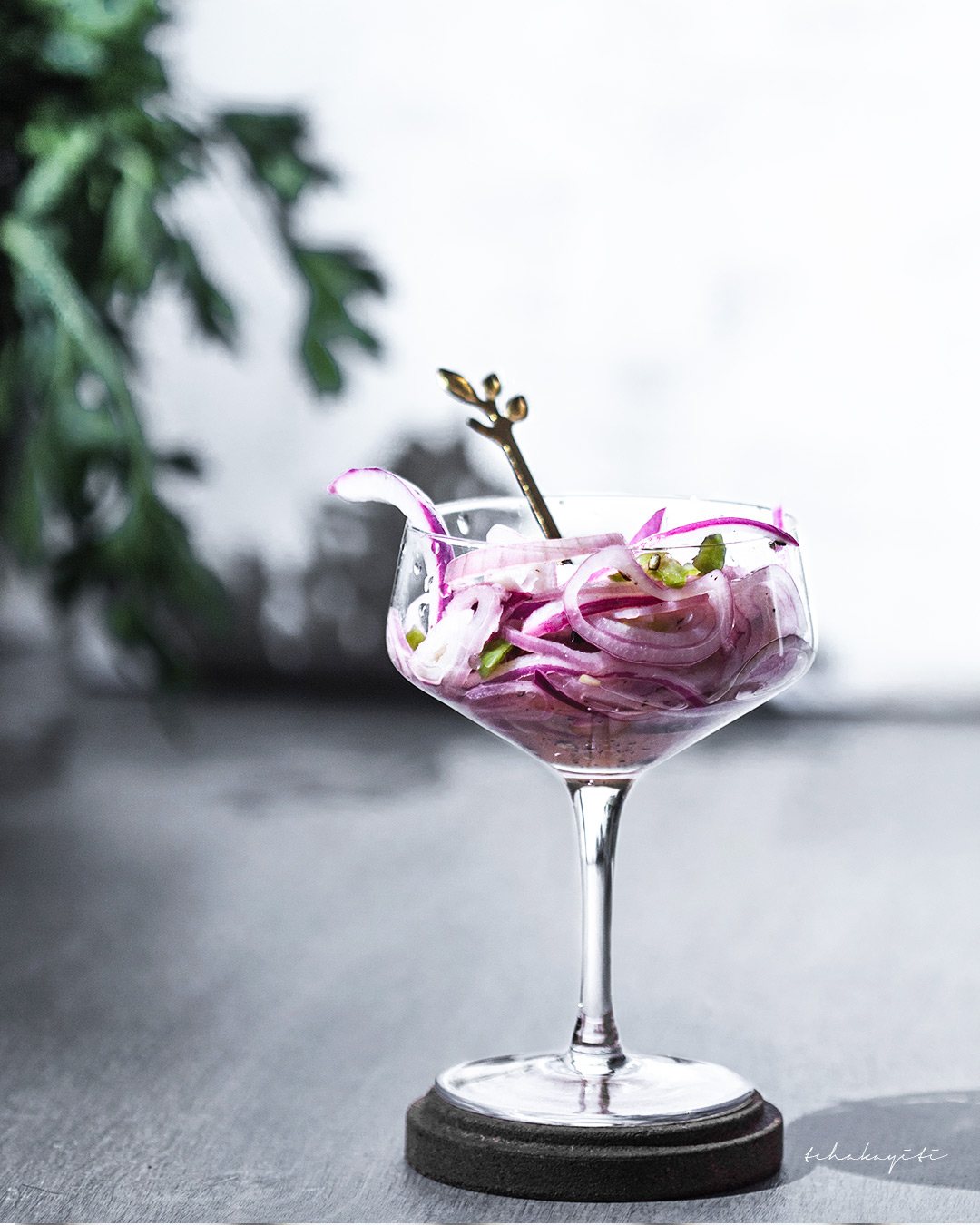« I feel like I am in an amusement park » are the words a friend from Europe uttered as she visited our garden.
She was amazed by our fruit trees, – a list of those fruits can be found in our article #LakouLakay – and one tree in particular had caught her attention. She had been drinking its final product daily for so long but had never once stopped to think about where it actually came from and how it was produced.
She was thus surprised when I told her that we had a coffee tree in our backyard. Though she was unsure whether to believe me or not, she followed me to the tree as I described and showed her its fruits while explaining how they are transformed into the magical powder that colors and flavors one of her favorite drinks.
The look on her face at the sight of the soon to be coffee beans was priceless. She confessed that she had never pictured coffee this way, which took me by surprise, though it was not the first time I was witnessing such a reaction. Two years before, I indeed had to explain what coffee cherries were and looked like to another visitor. But, having always lived close to fruit trees and vegetable gardens, I still could not grasp the idea that some people around the world who drink coffee on a daily basis and swear by it still ignore where it comes from.
So today, if you don’t know them yet, please allow me to introduce you to the coffee cherries. At home, our coffee trees look like shrubs that love the company of plantain trees. They in fact grow under bananas leaves that give them the shade needed for an abundant harvest. The coffee tree’s green fruits, known as coffee cherries, turn red as they ripen. I once tasted a ripe coffee cherry only to realize that it tastes nothing like the final product that fills my mug in the morning. A raw coffee cherry actually has a sweet leafy taste to me.
Actually, it’s through the transformation process that coffee seems to get its final flavor. Once fully ripe, the coffee cherries are handpicked and left to dry, – at my house, they let them air dry for days regardless of the weather – a process that turns them black. They are then grilled and reduced to the powder we all know so well with a wooden pestle. Please note that the method described here is the artisan one that produces a strong coffee, stronger than the commercialized version.
I hope to soon be able to share the wonderful coffee making experience along with its unbeatable smell that can permeate an entire neighborhood with you. In the meantime, since all this coffee talk is making me crave a mug, I leave you with a promise to soon feature the entire coffee making process on the blog as I rush to savor our flavorful and strong Haitian coffee.








2 Comments
Je vais peut être m’en planter un tient ! en pot ! Vous n’imaginez pas le nombre de personnes qui ne savent pas alors pas du tout d’où viennent les produits que nous consommons. Ce n’est peut être pas le cas de votre amie mais certains pourraient bien croire que le café a été récolté en poudre comme nous le consommons.
Le café j’ai du mal à m’en passer, j’ai commencé à en consommer toute petite en Haïti. Pour l’anecdote, l’an dernier en Haïti j’avais oublié que traditionnellement le café était grillé sucré. Quand on m”a donné mon café un jour j’ai rajouté du sucre et j’ai commencé à me dire tient c’est bizarre ici le sucre sucre plus qu’en Guadeloupe parce que j’en avais pas mis beaucoup. Et c’est là qu’on me rappelle que le le café est sucré avant.
Du coup ne voulant pas consommer trop de sucre j’ai dû acheter des pochettes de café non sucré. Mais je serai ravie de griller moi même mon café et de le moudre mais sans sucre. J’attends avec impatience votre prochain article.
Le caféier peut aussi servir de plante decorative .Dans un pot (en terre cuite ou autre ) vous pouvez le mettre dans un coin au salon ou ailleurs. Avec un mari agronome qui ns fait jouir des moindres details de la nature, nous avons toujours un caféier dans un pot a l’intérieur de la maison. C’est fascinnant de voir les fleurs se transformer en cerises vertes avant de devenir rouges. A ce moment, on les met au dehors pour la recolte des cerises…..